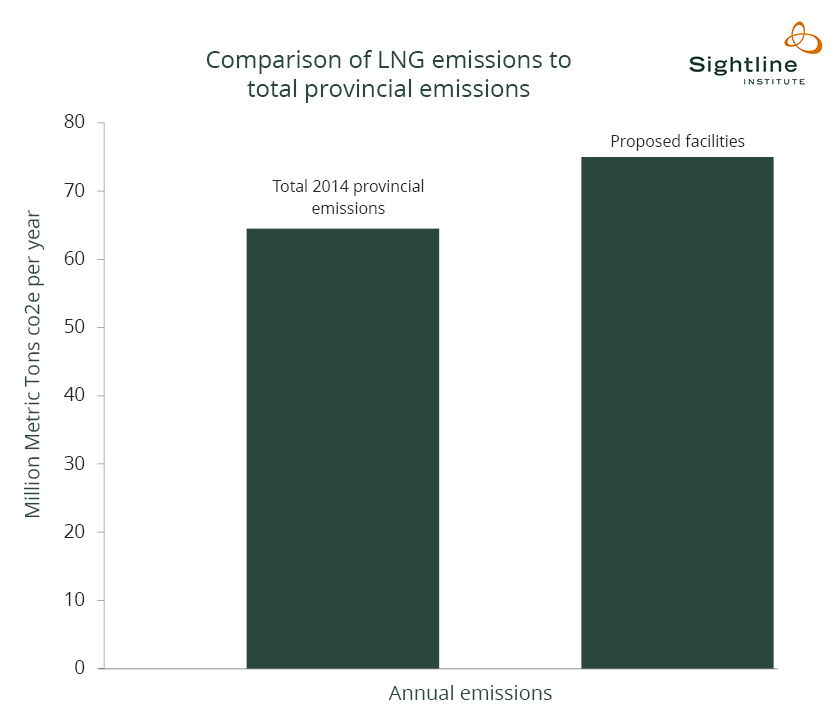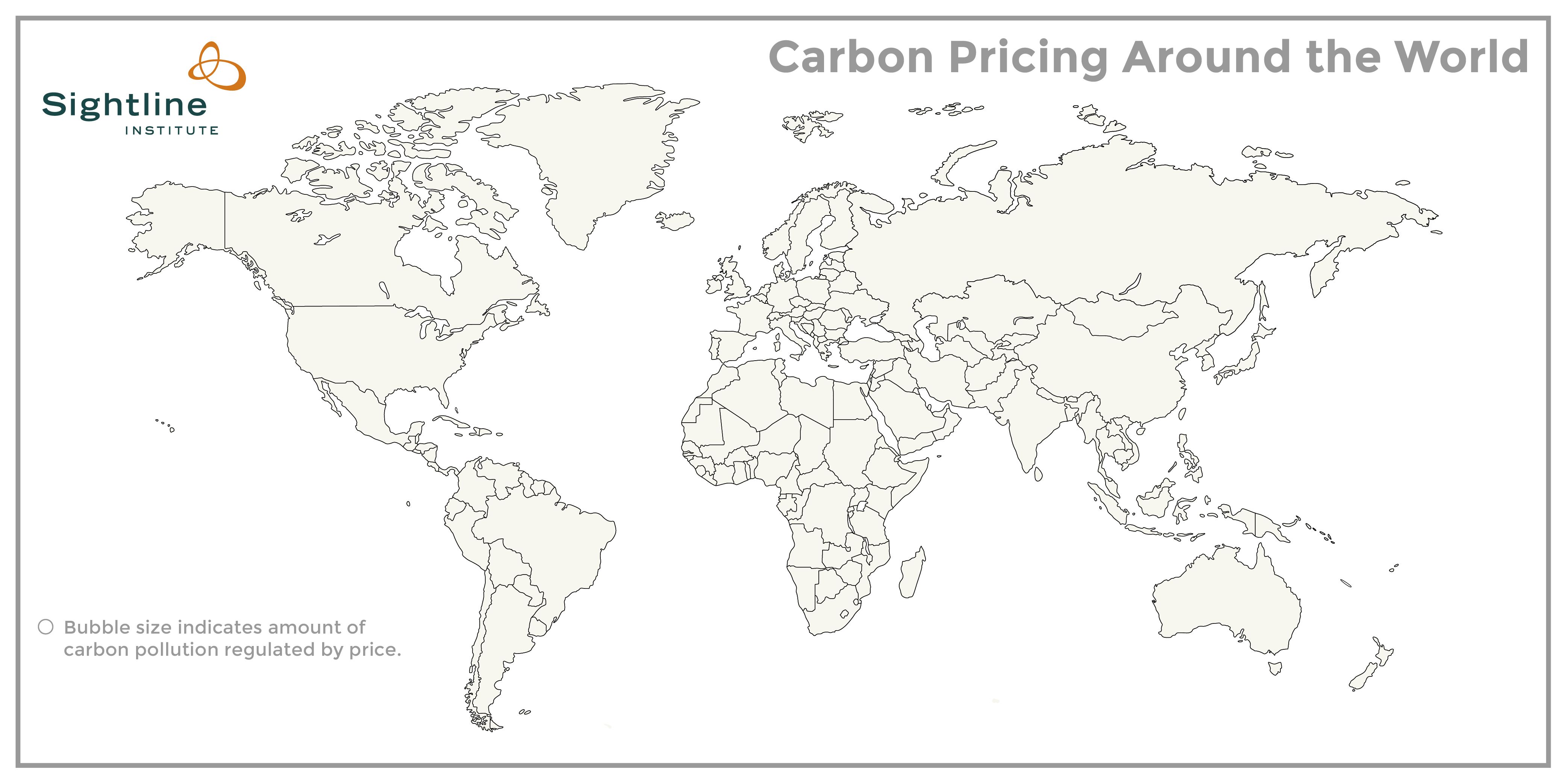Serena
If you missed this fun article in Sightline Daily this week, check it out: it’s an illustrated account of women’s early forays into bicycling in the late 1800s and how that humble mode of transport contributed to liberating and emboldening experiences for many of them. Note, however, it’s largely the story of white, upper- and middle-class women venturing onto these two-wheeled wonders of liberation. I asked the author about this on Twitter, and she graciously acknowledged failing to name this more explicitly and then pointed me in the direction of Kittie Knox. Knox was a bi-racial, Boston-born woman cyclist who was a member of Boston’s first Black cycling group, who earned admiration for her bold and stylish cycling outfits, and (most notably) who defied the League of American Bicyclists’ 1894-instituted “color bar” (to block people of color from joining the group). I’d love to know more stories like hers.
Intergenerational friendships: they’re becoming more and more of a thing, in part thanks to technology, and particularly among women. Nice! Now, anyone need a 30-year-old new pal in her life? 😉
As I’ve written before in Weekend Reading, I’m a big fan of used clothing. Its reduced environmental footprint, its lower cost, and the thrill of a good find are all factors in my shopping choices—shopping I do, it should be said, infrequently and selectively in the first place. The New York Times had a helpful write-up this week of the main types of fabric in our clothing and each one’s respective environmental impacts. The takeaway, according to one expert? “The best thing we can do is buy less and wear more.” Yes! And I’d add: make use of all the great clothing already out in the world before heading out on your next shopping trip. My advice for successful thrifting or consignment shopping: know your personal style, develop an eye for spotting it on the rack, and be choosy about what you ultimately take home (as in, don’t just grab it ‘cause it’s cheap, and consider, too, whether it’ll mix well with the rest of your wardrobe). Et voila! Beats a trip to a regular store any day.
Eric
You must watch this: Bill Wurtz’s history of the world. It may miss one or two items, but he crams more into 20 hilarious, exhilarating, and slightly exhausting minutes that I thought possible. His 9 minute history of Japan is brilliant too.
Are fonts fueling the culture wars?
New evidence that hallucinogenic mushrooms are the safest recreational drug is starting people asking whether cannabis-style deregulation or legalization is possible for ‘shrooms.
I haven’t started watching the new Twin Peaks yet—I’m in a total media blackout about it—but I loved this All Things Considered feature about the composer of the original music. I’d forgotten how moody and dark and sexy and brilliant it was. (Listen, don’t read, at that link.)
Kristin
The research on mindfulness is compelling, but I’m still a bit skeptical of gurus urging me to live in the moment. Imagining the future is what I do—it seems to be what I’m built for! Martin Seligman, the father of “positive psychology,” backs me up. What makes us human is the ability to see and shape our future. Indeed, the inability to imagine a bright future may be the chief cause of depression and anxiety.
Speaking of imagining the future with great clarity… wow, Bruce Lee! He had not just a vision, but a spiritual force behind that vision:
When a man comes to a conscious vital realization of those great spiritual forces within himself and begins to use those forces in science, in business and in life, his progress in the future will be unparalleled. I feel I have this great creative and spiritual force within me that is greater than faith, greater than ambition, greater than confidence, greater than determination, greater than vision. It is all these combined.
And speaking of extraordinary people who accomplish amazing things: some of them may be slightly crazy. “authors are actually more likely to be depressed than the general population. Similarly, scientists are more likely to be schizophrenic and visual artists are more likely to be bipolar.” People like Isaac Newton and Nikola Tesla make invaluable contributions to humanity, but for most people on the tail ends of the bell curve of mental states it may mostly suck trying to get by in a society that wants everyone squashed together inside the bell. Good to remember that while the people safely inside the bell make the gears of everyday life turn smoothly, it is often the ones on the tails that invent new gears.
What if you told your boss you found a way to be more creative and productive? She’d probably say go for it! But if you told her the trick was taking a 90-minute walk in the middle of the day, she might be less enthused. Yet, for knowledge workers, carving out time to wonder may be more valuable than more meetings and emails.
Anna
Here’s a fascinating and important illustration of how the way a problem is framed shapes thinking about appropriate solutions. World leaders, diplomats, do-gooders, and media have been telling the same story about Africa for so long, it’s deeply engrained in our minds as truth: Africa is poor but rich countries can send help. But what if we flip the story? What if we turned that story on its head? Africa is rich, but we steal its wealth. That’s the picture put into focus by a new report that accounts for wealth (often extracted, exploited, “repatriated”) that’s flowing out of African countries:
Based on a set of new figures, it finds that sub-Saharan Africa is a net creditor to the rest of the world to the tune of more than $41bn. Sure, there’s money going in: around $161bn a year in the form of loans, remittances (those working outside Africa and sending money back home), and aid. But there’s also $203bn leaving the continent.
Nick Dearden, director of UK campaigning organization Global Justice Now, writing in AlJazeera, suggests that to shift to policies that really lift up African countries and their populations, including, we must shift the way we talk and think about Africa. “It’s not about making people feel guilty,” he writes, “but correctly diagnosing a problem in order to provide a solution. We are not, currently, ‘helping’ Africa. Africa is rich. Let’s stop making it poorer.”
The US Department of the Interior is “reviewing” national monument designations made since the 1990s, by Presidents Obama, George W. Bush, and Clinton, including Cascadia’s Hanford Reach in Washington, Cascade-Siskiyou in Oregon, Craters of the Moon in Idaho, and other public lands all over the US West and the Pacific. They are now accepting public comment. If you haven’t already, you might hop over to the DOI site and share your thoughts about protecting these shared treasures. Need inspiration, just look at photos of these spectacular places.
Aven
Most people have heard by now that a meat-heavy diet is bad for the planet. And bad for your health. Just bad in general. So, what should we be eating instead, and are the alternatives really any better? According to a new study, insects are the most eco-friendly protein source, but really just about any edible protein you can think of yields environmental benefits over beef consumption. The good news for people who aren’t too keen on bug-eating is that even switching from beef to chicken yielded significant increases in land-use efficiency. Some food for thought this grilling season.
Dan
New Orleans Mayor Mitch Landrieu’s speech last week defending the removal of four Confederate monuments is so bold, so moving, so truthful, it gives me hope that although there may be temporary setbacks, our country is slowly but surely moving down the soul-searching path toward taking responsibility for our dark history of white supremacy:
Another friend asked me to consider these four monuments from the perspective of an African American mother or father trying to explain to their fifth grade daughter who Robert E. Lee is and why he stands atop of our beautiful city. Can you do it?
Can you look into that young girl’s eyes and convince her that Robert E. Lee is there to encourage her? Do you think she will feel inspired and hopeful by that story? Do these monuments help her see a future with limitless potential? Have you ever thought that if her potential is limited, yours and mine are too?
We all know the answer to these very simple questions.
When you look into this child’s eyes is the moment when the searing truth comes into focus for us. This is the moment when we know what is right and what we must do. We can’t walk away from this truth.
John
On the topic of Pigovian taxes (a “tax bads, not goods” approach), the New York Times reported on the tobacco industry’s attempts to undercut cigarette taxes by offering discounts. The article also points out that that tobacco industry, never a paragon of corporate responsibility, ultimately depends on hooking kids for future profits, since many smokers die early due to their addiction.
On a similar topic, Carrie Dennett’s syndicated column on nutrition runs in the Seattle Times. She recently addressed Seattle’s proposed soda tax, and identified a comparable situation: In 2016, the World Health Organization (WHO) recommended taxes on soda and other sugar-sweetened beverages (SSBs) sufficient to significantly reduce consumption. Sugar may not be physically addictive as nicotine is, but it contributes to obesity and diabetes. The Junk Beverage industry is fighting back, against such taxes, and also by increasing advertising and sales to the young.
More in the “food can be bad” category, Democracy Now! ran this segment on hog “factory farms,” manure, and public efforts to fight them. North Carolina Governor Roy Cooper vetoed a bill that would have shielded hog factory farm owners from claims brought by residents made sick by the farms. Unfortunately, the North Carolina governor’s veto was overturned by both legislative houses; in North Carolina, a 60% vote is required to override a veto. The North Carolina Pork Council celebrated the override. My reaction: OINK.
Fortunately, the Northwest does not suffer from the concentration of giant hog farms found in other states. However, we do have cattle and dairy factory farms, which also generate large amounts of liquid manure.
John Abbotts is a former Sightline research consultant who occasionally submits material for Weekend Reading and other posts.









